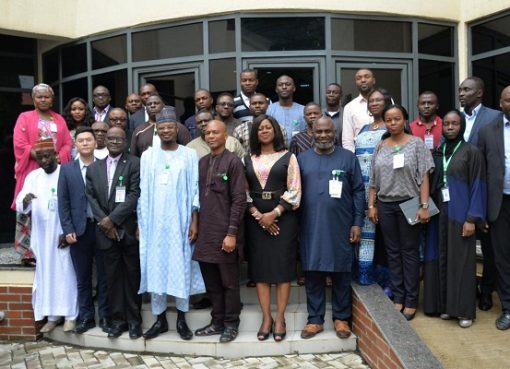North Wind Digital CEO, Adrian van der Merwe, has a vast understanding of technology as well as the finance function thereof. With a career in the accounting industry spanning 20 years, Adrian is passionate about using technology to bring about the best return. we had the opportunity to chat with him about the understanding and application of blockchain in Africa. Here’s how it went:
‘Blockchain’ is no longer exclusively synonymous with ‘Bitcoin’ and other cryptocurrencies, however, other notable Distributed Ledger Technology (DLT) applications are not well publicised. Why do you think this is?
In the case of DLT applications, it is because of the lack of awareness for what DLT stands for. We understand the term Blockchain better as there is a use case that we can relate to in the form of Bitcoin.
Smart contracts are the next use case we could all relate to, however, we have no working examples of that yet. The adoption rate for the technology is slow, and it’s not from a lack of potential areas of impact. Key challenges are how to implement and ensure adoption.
What are some of the other ways that DLT can be implemented in Africa specifically?
DLT has many potential applications within Africa, however, the main areas include public services for identity and rights management, healthcare for diagnoses and treatment and finally, cryptocurrencies for commerce and potentially as parallel currencies in the event of hyperinflation.
How will DLT implicate industries that exist to broker deals or act as ‘middlemen’?
Middlemen are there to facilitate transactions due to a lack of trust between a buyer and a seller. The principle of DLT is that it will provide a technologically based solution whereby the buyer or seller will be able to withdraw from a contract and recoup their commitment if the other party has not met their commitment.
DLT, therefore, has the potential to eliminate the middlemen or complement their offering. Middlemen do not only establish trust but facilitate transactions and the communication between parties to ensure a successful outcome.
What is it that makes using DLT different from double-entry transactions?
Double-entry transactions occur as a result of one party receiving monies and the other paying the money across. However, with DLT it is possible to share the information of the transaction with third parties.
An example would be the purchase of goods or services between two parties. Within that transaction is the commitment to SARS to pay or claim VAT. SARS are not aware of that transaction and are dependent on the parties to create another two transactions for paying or claiming VAT.
DLT could, as part of the initial transaction, share the VAT implication with SARS.
Is DLT more transparent than traditional financial solutions?
DLT has the potential to be more transparent than current financial solutions as it can be used to share data between multiple parties in a secure manner. Thus providing the opportunity for third party verification.
How will DLT aid in the fight against fraud and corruption?
DLT can provide an audit trail to transactions at a level of detail that does not currently exist. At a transactional level, it would be possible to have the full details related to the transaction including the transacting parties. This would provide a platform to proactively monitor for fraud and corruption, or detailed evidence to support any investigation thereof.
Source: itnewsafrica










